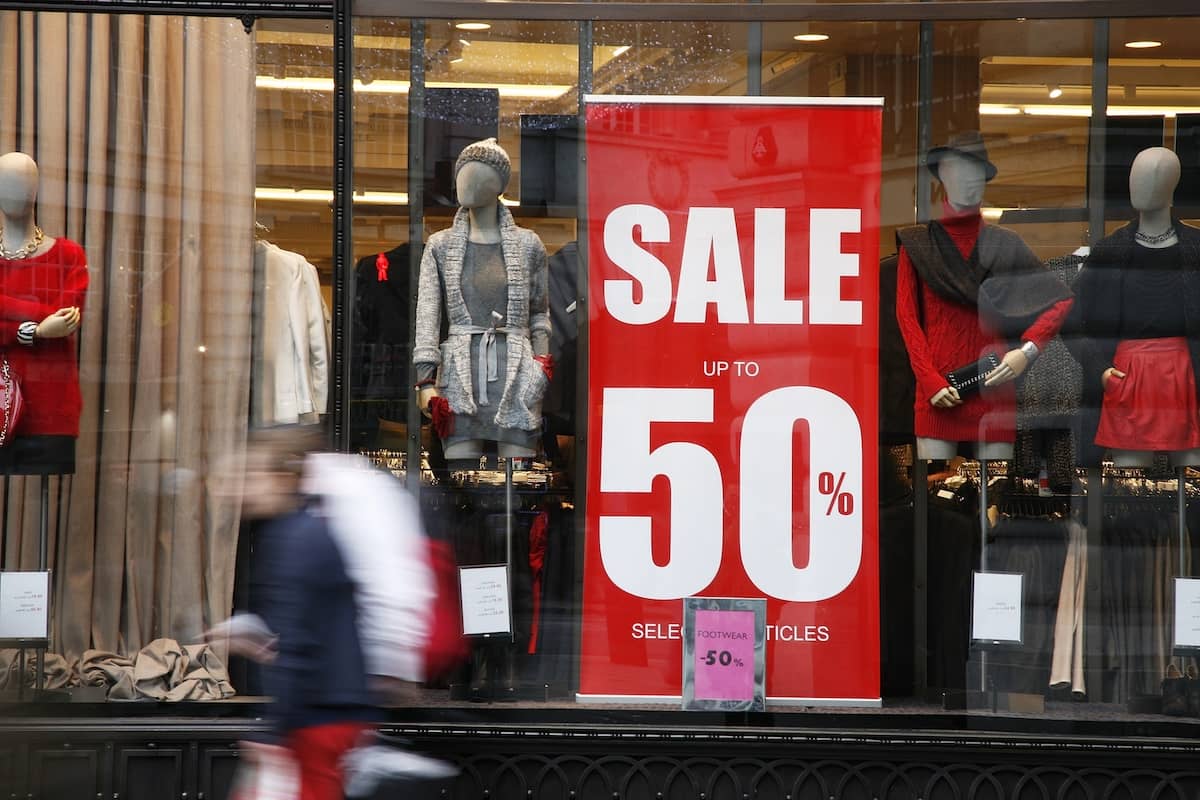With bricks-and-mortar stores steadily increasing their online presence, the balancing act of pricing online and in-store is now more important and complex than ever. Companies spend years building brands and brand equity. Yet, a misplaced or poorly executed pricing strategy to handle both online and offline pricing can erode that equity with consumers very quickly.
This problem is not new. It first started when Clubs like Costco and Sam’s started popping up in the 80’s. Suddenly, brands had to figure out a way to balance Club and Grocery pricing while taking advantage of a new, fast-growing channel. The biggest difference between now and then is that consumers now can check prices within seconds on their phone.
So, how do you avoid losing your brand equity while ensuring price parity across online and offline channels?
The key areas to consider are:
1. Product Mix

Do you have a broad enough mix of product sizes and case configurations for each channel? To maximize your sales and minimize your price disruption, reviewing your supply chain and product mix to ensure you are able to deliver value to both online and offline retailers is critical. Each channel is looking for ways to improve and maximize your brand sales. If you do not give them the right size and case configuration to enable them to increase margins, you will end up relying disproportionately on trade spend (dollars a brand spends with a retailer to promote products) to do so, or find your product on page 212 of every search.
Examples of this strategy can be seen with companies offering only “bundled” items such as 12 cans or a large case on online marketplaces, while other retailers offer individual cans for purchase. This allows your online partners to make up margin by shipping a full case and not going through the process of breaking down a case and shipping single units. Also, this allows bricks-and-mortar retailers to have a sharper price point to lure consumers into the store. This strategy has played out well for many brands as they dealt with the rise of Club stores and can be played successfully in e-commerce as well, benefiting all parties.
2. Price Lists

Do you have harmonized price lists that do not favor one channel over another? If you do not, you are likely subsidizing the higher list cost in a channel with trade spend, which is highly inefficient. A single price list that provides an adequate price slope between the various sizes across your product range will maximize your ability to manage both channel pricing and brand equity.
The single largest mistake brands tend to make is thinking that offering “net price” price lists to online marketplaces will benefit them while they use trade dollars in bricks-and-mortar stores to cater to EDLP (Everyday low price) customers. This approach is quite inefficient in many ways, and consumes valuable time and resources that can otherwise be better utilized. Having a single price list with the same price offered to all retailers allows for a more manageable and equitable pricing environment. It also enables a more profitable distribution of trade spend across the most effective areas to invest in for each retailer.
I have worked with two brands in the past – one that managed two separate price lists and one that we implemented as a single-standard. While the one with the single price list saw sales grow and trade spend remain constant, the other saw trade spend double in just two years as it got caught in a scenario of always having to placate one side of the equation or the other.
3. Trade Spend

Today’s brands need to focus on a balanced trade spend strategy to address each channel’s unique needs. Using trade spend with online retailers can be tricky, as the channel is usually assumed to be the lowest priced anyway. Still, it can be used to drive traffic and offset supply chain costs, in order to ensure sufficient margins for the retailer, which will keep you off the CRAP (Can’t Realize A Profit) lists. Meanwhile, as JC Penny quickly learned when it made the disastrous shift to EDLP, consumers still want in-store discounts and sales.
The best approach I have worked with is to set a single dead net price inclusive of all trade. For example, if your product’s standard list cost is $6.80 and you have a dead net price for promotions (or EDLP) of $5.40, then all retailers – online and bricks-and-mortar – are on equal footing. The only variance in the price for consumers will be the margin each operator chooses to take. This approach is not without issues, as you have to apply all elements of trade spend (such as ad fees, etc.) to the promotional unit costs to ensure you are truly capturing the dead net cost of the retailer.
Still, the advantage of utilizing this approach is that when a retailer complains about the price another is offering to consumers, the conversation turns to margins being taken and not the cost of the product. At the very least, this approach provides a common ground on which to have a constructive conversation with all retailers.
So why does this all matter so much to a brand?
The road to selling online is littered with disaster and missed expectations for sales. Most manufacturers that jumped to online sales without considering pricing quickly learned that abandoning one channel for another does not lead to increased sales. Conversely, we have seen a few brands go from online only to in-store as well. These brands seem to have learned from the others’ mistakes and rarely will you find price variances between the online and offline channels. Instead, you tend to see these brands growing, as online consumers start experiencing the brand in-store.
A Business To Community study by Larisa Bedgood in 2019 showed that “lower price” was second to only “convenience” for why consumers shop online, while 51% of consumers said that the biggest drawback to shopping online was not being able to touch and feel the product. Brands that are able to bridge the gap and provide consumers with the convenience of online while also showing up well in-store at the right price point will be able to break out of the stagnate 1-2% (if they are lucky) growth most CPG companies are experiencing. If online selling is growing 40-50% a year, why are these companies only managing brand declines and flat growth? I believe it is mainly due to the lack of a proper pricing parity strategy for the two channels along with a lack of actionable e-commerce data.
Brands that do not focus on all three areas listed above often find themselves in a constant churn of conversations with retailers on all sides, which will typically lead to either online marketplaces or bricks-and-mortar stores deprioritizing the brand in promotions or search. Finding and setting a level playing field will allow for a balanced trade spend and growth for brands on both platforms, while also enabling a brand to break out of the net 1% growth that is plaguing a lot of CPG brands today.
Outside of deploying basic pricing principles for your brand, I would also suggest early and strong investments in data, systems and people to monitor your brand’s health and pricing. Many brands jumped online without any way to monitor the consumer conversation around the brand or the pricing of the brand online. Not having the tools and resources in place to do this can lead to a quick and long-lasting erosion of brand equity and sales. Most, if not all, large manufacturers have subscribed to POS data for years and fully understand how to analyze this data. But the world has shifted. If your organization has not invested in digital shelf analytics, you may be driving blind and unaware that your brand is losing equity, which equals losing consumers and sales.
Using a combination of pricing principles and e-commerce data mining tools will help you maintain price parity and brand relevance, while keeping you from becoming the last brand of choice for consumers, regardless of where they shop.
